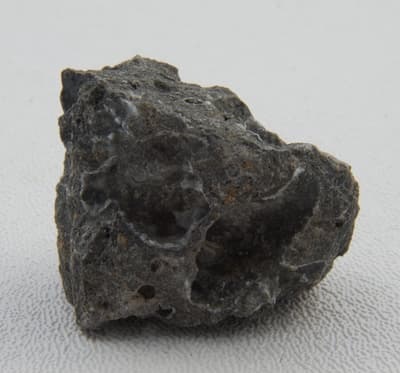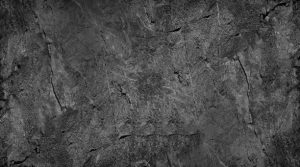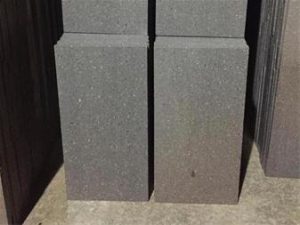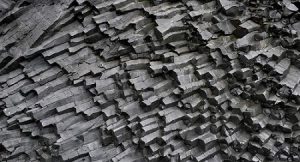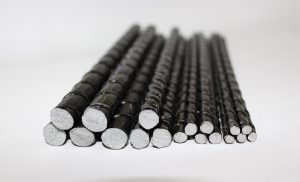Strengthen your building with basalt stone
Basalt is a hard and resistant mineral that is commonly used in various constructions, including buildings. This stone is a suitable building material due to its high resistance to pressure, heat and other harmful factors. To build with this stone and strengthen your building, you can do the following: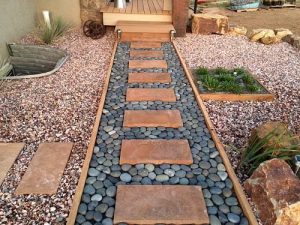
• Selection of quality basalt stone: First, make sure of quality basalt stones and suitable specifications for your project.
• Cutting and revealing: cut the stone to the required sizes and reveal its surface.
• Materials and glue: Use suitable materials and glue to connect basalt stones. These materials should be suitable for the needs of the project and environmental conditions.
• Design and carving: use basalt stones for special designs and carvings done on your building.
• Installation: Install the basalt stones carefully and using the appropriate equipment so that they are firmly and firmly placed in the building.
• Strengthening and creating bonds: Ensure that the basalt stones are connected to each other and to the building and have strong bonds.
• Care and maintenance: After installation, pay attention to the regular care and maintenance of basalt stone so that the building can use it for a long time.
Also, you should note that for important projects and larger buildings, it is better to consult with structural engineers and specialists to ensure that the basalt stones are properly installed and strengthened and are upgraded in terms of safety and structure.
Basalt stone is used in which parts of the building?
Basalt stone is used in different types of building parts due to its resistance and hardness. This stone is usually used in the following areas:
• Facade of the building: This stone is used as a component of the facade of the building. This stone can be used as paving stone or decorative stone in facade design and gives beauty and strength to the building.
• Roof and floor: This stone is also used as the roof or floor of the building. This stone is suitable for building roofs and floors due to its resistance to pressure and other stresses.
• Stairs and staircases: This stone is used to make stairs and staircases inside and outside the building. Due to its resistant and non-slip surface, this stone is suitable for the safety and beauty of these parts.
• Flooring and flooring: Basalt stone is used as an option for flooring and flooring in high-wear areas, such as lobbies, corridors, and high-traffic areas inside and outside the building.
• Windows and doors: Basalt stones can be used as building materials for windows and doors in buildings. This stone helps to decorate these parts as a beautiful and resistant component.
• Walls and walls: Basalt stones are usually used as materials for building walls and walls. This stone is suitable for retaining structures due to its resistance to atmospheric elements and suitable pressure.
The positive features of basalt stone in construction
Basalt stones in construction as a building material have many positive characteristics that make it a suitable choice for various uses in buildings. The positive features of basalt in construction are:
• Pressure resistance: Basalt stones have very high pressure resistance and can bear heavy weights. This feature makes it suitable for use on stairs, ceilings, and supporting structures.
• Resistance to wear and erosion: Basalt stone has a surface resistant to wear and erosion, which makes it suitable for flooring and flooring in high traffic areas such as lobbies and corridors.
• Anti-slip: Basalt stones are suitable for indoor and outdoor floors and stairs due to their rough and anti-slip surface and guarantee safety.
• Resistance to weather factors: This stone is resistant to weather factors such as rain, snow, wind and temperature changes and is suitable for outdoor use.
• Beauty and appearance: This stone has a beautiful and unique appearance that can give beauty and personality to the interior and exterior design of the building.
• Heat resistance: Basalt stones have high heat resistance and can be used in high temperatures.
• Chemical resistance: This stone is usually resistant to chemical effects such as acids and bases, which allows it to be used in chemical environments.
• Long life: As a mineral, this stone has a very long life and long-term durability, and requires less maintenance and replacement.
It is emphasized that the selection and use of basalt stones should be done according to the specific needs and conditions of the project and should be done with the coordination of engineers and construction experts. Enter the link to learn about gray basalt stone.
Types of basalt stone installation methods
The installation of this stone can be done using different methods, which depends on the type of project and construction needs. Below are some of the common methods of installing basalt stone: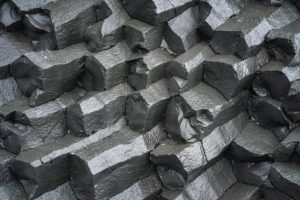
1. Bricklaying method:
In this method, basalt stones are installed as rows of bricks. This method is used for building facades and walls. The stones are connected together using considerations such as angle and mounting pattern.
2. Installation with glue:
In this method, basalt stones are installed on the surface of the building using glue and adhesive materials. This method is suitable for facades and ceilings.
3. Use of beams and columns:
In some cases, basalt stones are used as building beams or columns. These stones are installed horizontally or vertically as supporting and decorative elements.
4. Installation using fixation solutions:
In this method, basalt stones are installed to the building using fixation methods (such as rivets and nuts). This method is usually used as a strengthening method in stairs and staircases.
5. Installation in composite layers:
Some projects use composite layer systems to install basalt. These systems mainly consist of a base layer and a binder that binds the stones to the surface.
6. Installation using capsules:
Metal or cement capsules are used to install basalt stones in places with large differences in size and weight. These capsules are attached to the stone and then installed on the building.
Each of these methods has its advantages and disadvantages, and choosing the best method depends on the type of project and environmental conditions. Also, in order to properly install basalt stone, one should use the appropriate equipment, materials, and sufficient technical knowledge and pay attention to the relevant recommendations and standards.
